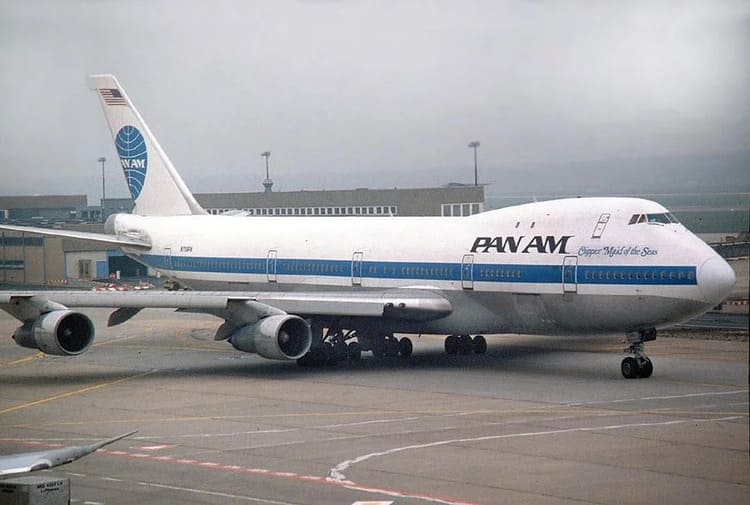On a quiet evening just days before Christmas—December 21, 1988—a Pan Am jumbo jet lifted off from London Heathrow, beginning what was supposed to be a routine transatlantic flight.
The aircraft, a Boeing 747 named Clipper Maid of the Seas, was heading to New York City, carrying 243 passengers and 16 crew members.
The flight never made it.
Just 38 minutes after takeoff, the plane exploded at cruising altitude over the Scottish town of Lockerbie.
Everyone onboard was killed, along with 11 people on the ground.
What followed was one of the most complex aviation investigations in history—and a turning point in global airline security.
What Brought Down Flight 103
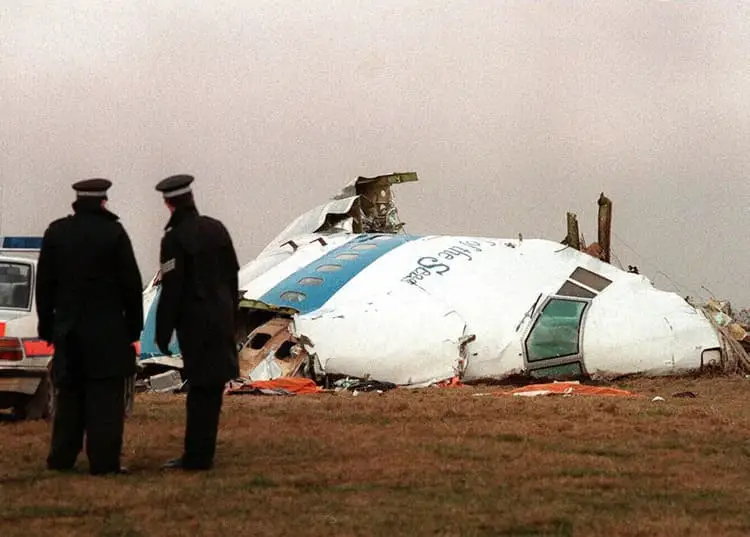
Not long after the crash, investigators confirmed what many feared: this wasn’t a mechanical failure.
A bomb had exploded onboard Pan Am Flight 103 while it was cruising at 31,000 feet. The device had been hidden inside a suitcase stored in the forward cargo hold.
The explosion tore the aircraft apart mid-air.
The nose and cockpit section fell near the village of Tundergarth. The fuel-laden wings crashed into Sherwood Crescent in Lockerbie, igniting a fireball that destroyed several homes. Debris was scattered across a wide area of southern Scotland.
In total, 270 people were killed—259 on the aircraft and 11 on the ground—making it the deadliest terrorist attack involving an aircraft up to that point.
Tracing the Bomb and Those Behind It
The investigation quickly became the largest ever conducted in the UK, involving Scottish police, the FBI, and international partners.
Among the wreckage, they found pieces of a Toshiba cassette player and a brown Samsonite suitcase—along with traces of Semtex, a powerful plastic explosive.

Evidence showed that the suitcase carrying the bomb started its journey in Malta, was transferred to a flight to Frankfurt, and from there to Pan Am Flight 103 in London, without being matched to a passenger—highlighting a major security flaw at the time.
By 1991, authorities had built a case against two Libyan intelligence agents: Abdelbaset al-Megrahi and Lamin Khalifah Fhimah.
After years of diplomatic negotiations, they were tried in a special Scottish court in the Netherlands
Al-Megrahi was found guilty in 2001 and sentenced to life in prison.
In August 2009, Scottish authorities released al-Megrahi on compassionate grounds, citing a terminal diagnosis of prostate cancer and an estimated life expectancy of three months.
He returned to Libya, where he died in May 2012 at the age of 60.
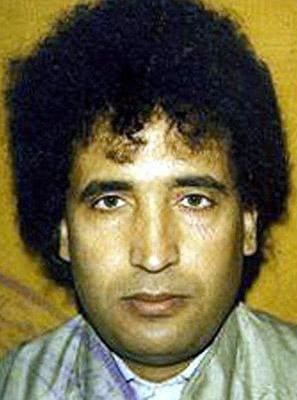
Fhimah was acquitted. Al-Megrahi was later released on compassionate grounds in 2009 and died in Libya in 2012.
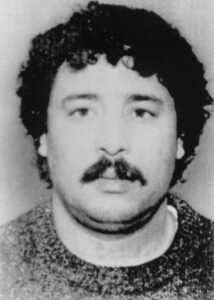
More than three decades after the bombing, in 2022, a third suspect—Abu Agila Mas’ud, a Libyan bombmaker—was taken into U.S. custody.
He is believed to have assembled the device that brought down the plane.
How Flight 103 Changed Aviation Security

The Lockerbie bombing exposed major flaws in international baggage screening and aircraft security. At the time, it was possible for unaccompanied bags to be loaded onto flights without verification.
In response, the U.S. passed the Aviation Security Improvement Act of 1990.
The law called for:
- Mandatory matching of passengers with their checked baggage
- Improved X-ray technology and explosive detection
- Greater cooperation between airlines and law enforcement
- New security training standards for airline and airport staff
These changes laid the groundwork for modern aviation security and were a precursor to the even stricter rules that followed the 9/11 attacks.
The People Behind the Uniform: Crew of Flight 103

While most media coverage focused on the explosion and investigation, those who worked in aviation, especially as cabin crew, were struck by something else: the people working the flight.
The 16 crew members on board weren’t just employees.
They were professionals with passion, experience, and lives full of stories—stories often overshadowed by the headlines.
Mary Geraldine “Gerry” Murphy

Gerry Murphy, 51, was the Senior Purser. She joined Pan Am in 1963 and helped establish the London base in 1972.
Known for her empathy and professionalism, she held degrees in grief counselling and social psychology.
Her peers described her as a mentor and a steady, supportive presence on every flight.
Milutin Velimirovich
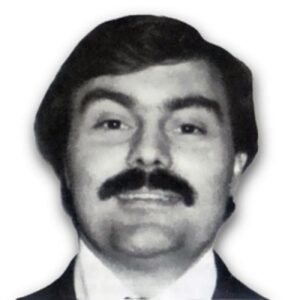
Milutin, 35, was born in Czechoslovakia and moved to the U.S. as a child. He had a degree in international relations and dreamed of one day becoming a pilot.
He joined Pan Am in 1978 and was known for his energy, optimism, and love for flying.
Stacie Denise Franklin

At 20, Stacie was the youngest member of the crew. Originally from Arizona, she joined Pan Am in April 1988 after working with America West Airlines.
She had a natural warmth, and coworkers remembered her ready smile and calm confidence.
Jocelyn “Kim” Reina

Kim was 26, an aspiring actress from California who had always dreamed of flying for Pan Am.
She studied French to meet the language requirements and joined the airline in early 1988.
Her brother shared that at age 10, she had told her family she wanted to be a flight attendant.
A tape of that moment was found after her passing—bringing her story full circle in the most tragic way.
Others Who Shared the Sky
The rest of the cabin crew brought rich and varied lives to the job:
- Myra Royal, 30, was known for her sense of humor and compassionate nature.
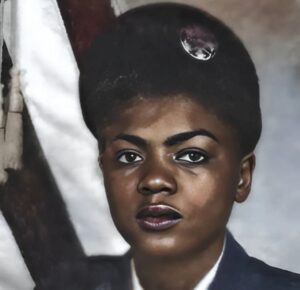
- Siv Engstrom, 51, spoke five languages and was deeply involved in charity work.

- Lilibeth “Lili” Macalolooy, 27, originally from the Philippines, was a favorite among crew for her kindness and enthusiasm.

- Paul Garrett, 41, a gourmet cook and sculptor, had planned to leave flying to run his boutique in Paris.

- Irja Skabo, 38, a former ski instructor and mother, had planned this to be one of her last flights.
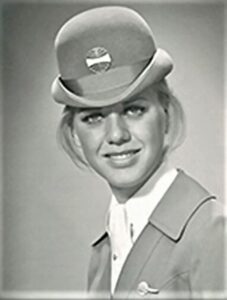
- Elke Kuhne, 43, with 18 years of flying experience, was the picture of poise and grace.
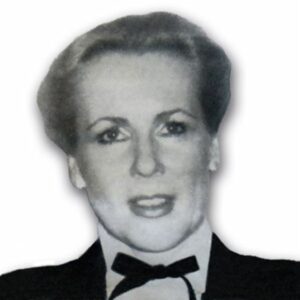
- Maria “Nieves” Larrachoecha, 39, from Spain, loved travel and had won Pan Am’s Clipper Ship award four times.

- Noëlle Berti-Campbell, 41, a former Miss France, was known for her calm, thoughtful demeanor.

- Nichole “Babette” Avoyne-Clemens, 44, brought a warm elegance to every flight. She was also a mother of three.
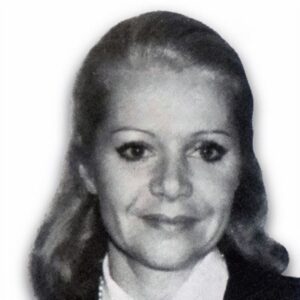
In the Cockpit
The flight deck was staffed by three seasoned professionals:
- Captain James MacQuarrie, 55, with over 11,000 flight hours

- First Officer Raymond Wagner, 52, with nearly 12,000 hours

- Flight Engineer Jerry Avritt, 46, with over 8,000 hours, formerly of National Airlines

They were found still strapped in their seats, doing their jobs until the very last moment.
Remembering the Loss

In total, 270 lives were lost that night—259 onboard and 11 in Lockerbie.
Memorials now stand in Scotland, the U.S., and other parts of the world. Syracuse University, which lost 35 students on the flight, holds an annual Remembrance Week to honor the victims.
Pan Am continued flying for a few more years but shut down in 1991. The airline may be gone, but for many in the aviation community, its legacy—and especially the memory of Flight 103’s crew—remains powerful.
Why It Still Matters
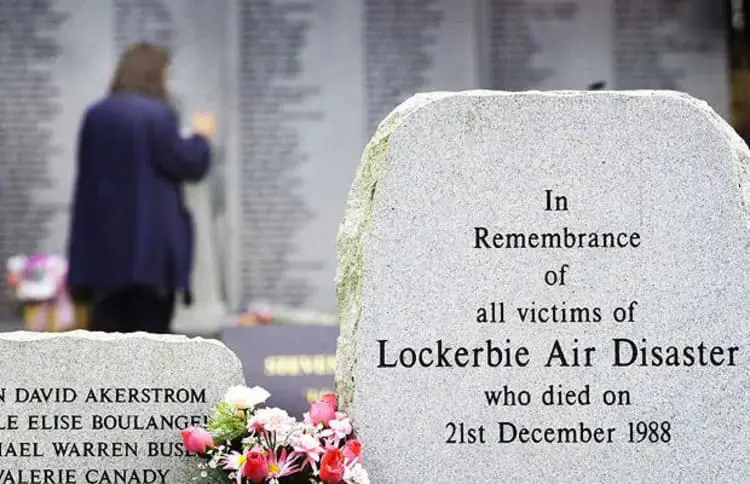
For today’s cabin crew, the story of Flight 103 is more than history.
It’s a reminder of the risks that come with the job, the importance of aviation safety, and the humanity behind the uniform. These were real people, doing what they loved, heading into the holiday season like so many others.
Their stories deserve to be told—and remembered.
